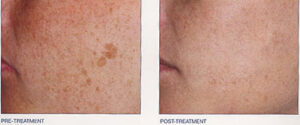Restylane is a brand of dermal filler made from hyaluronic acid, a substance that occurs naturally in the body. It’s primarily used to add volume and fullness to the skin, which can help smooth out wrinkles and lines, enhance lips, and contour facial features.
Restylane injections are commonly used to:
- Reduce the appearance of facial wrinkles and folds, such as nasolabial folds (the lines that run from the nose to the corners of the mouth).
- Enhance and plump lips.
- Restore lost volume in the cheeks and temples.
- Soften under-eye hollows or dark circles.
- Improve the appearance of scars, such as acne scars.


